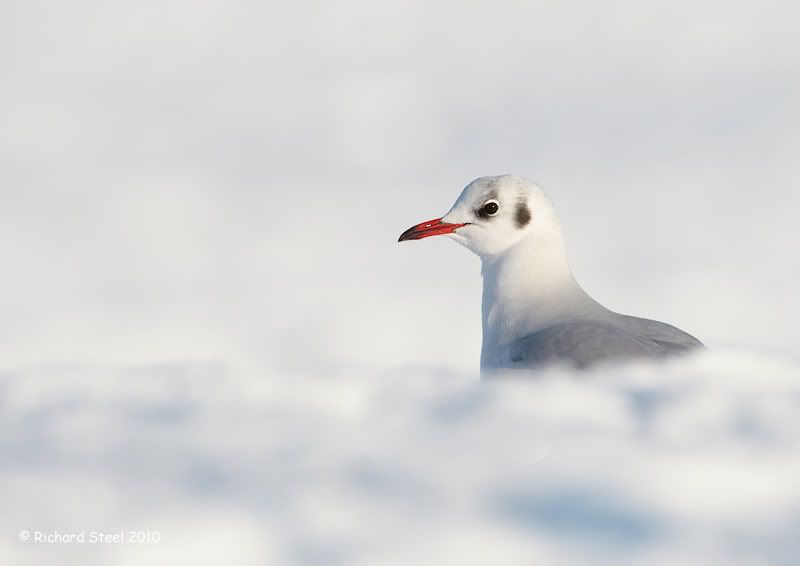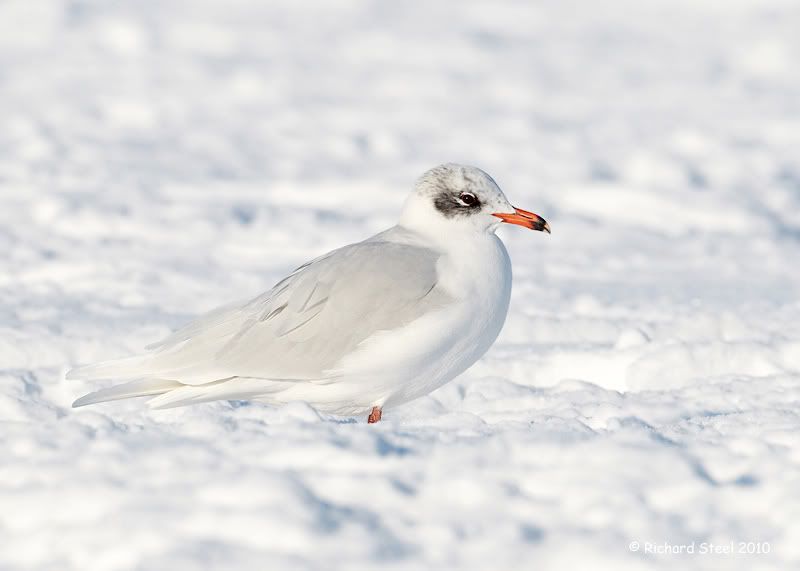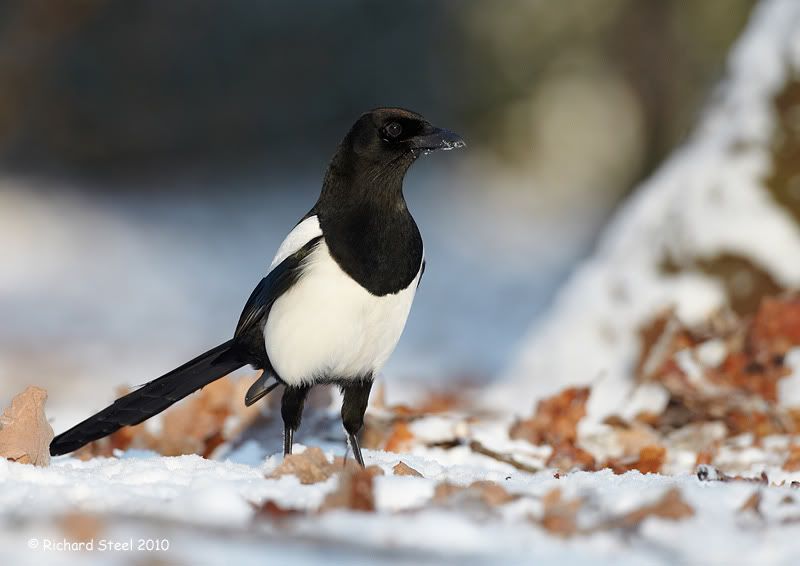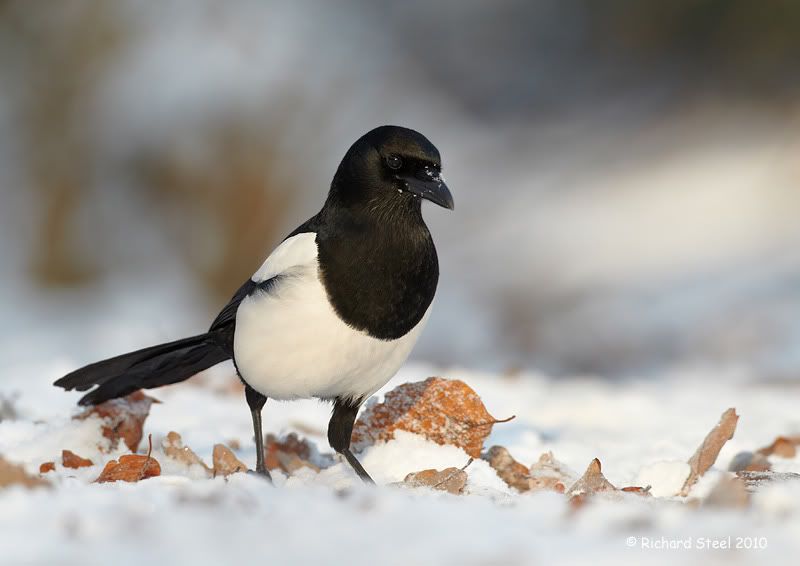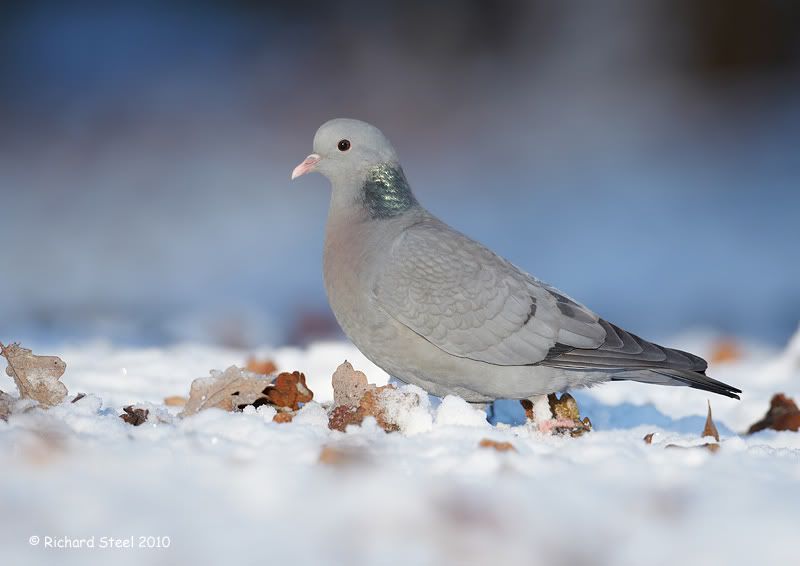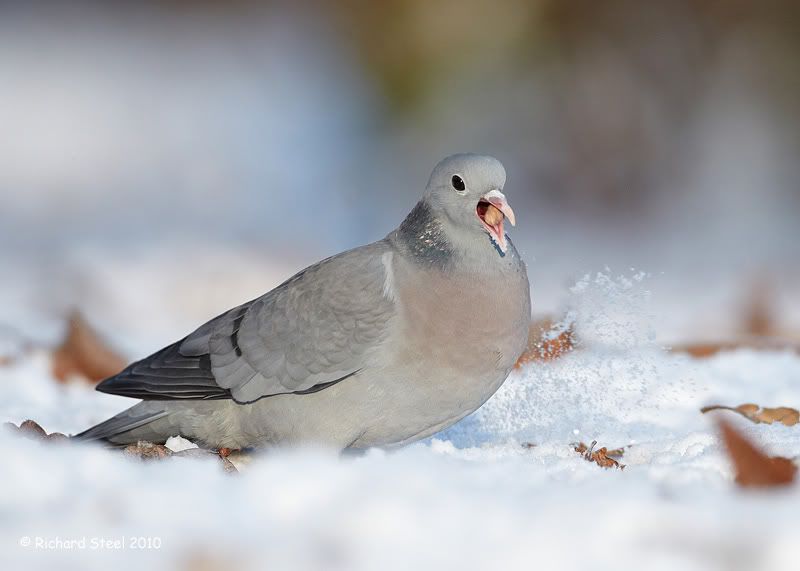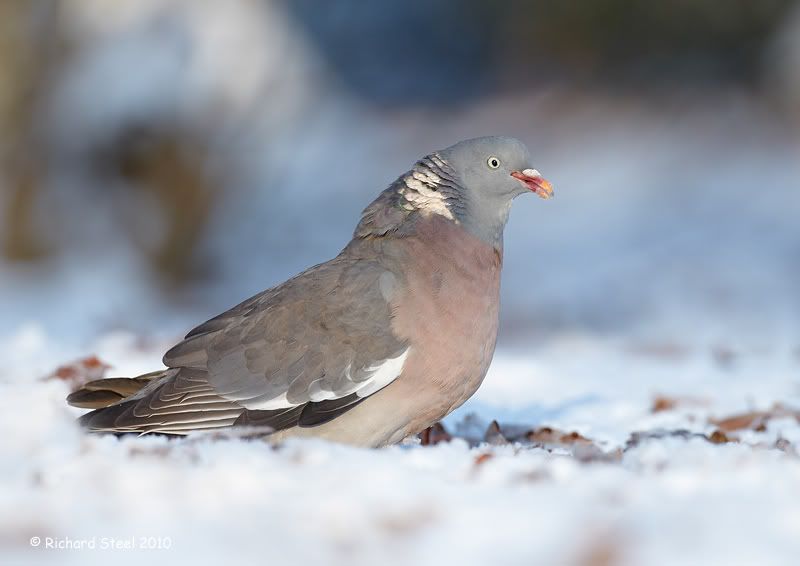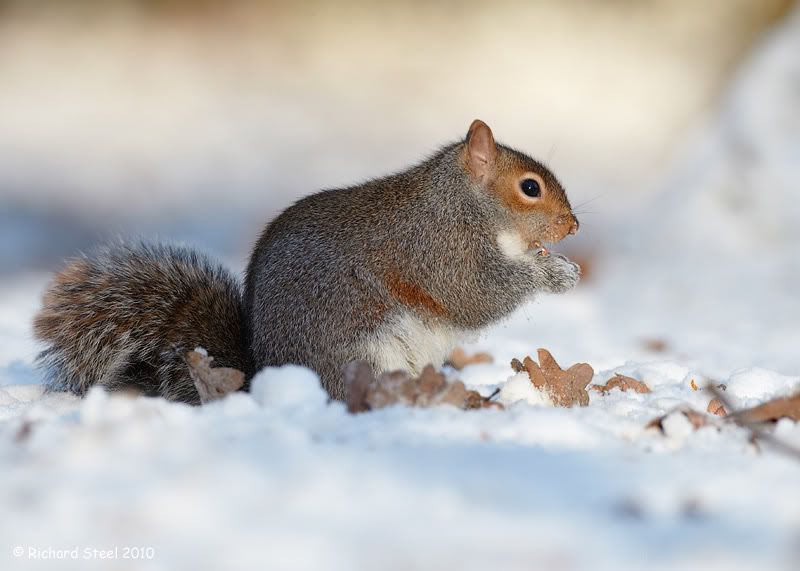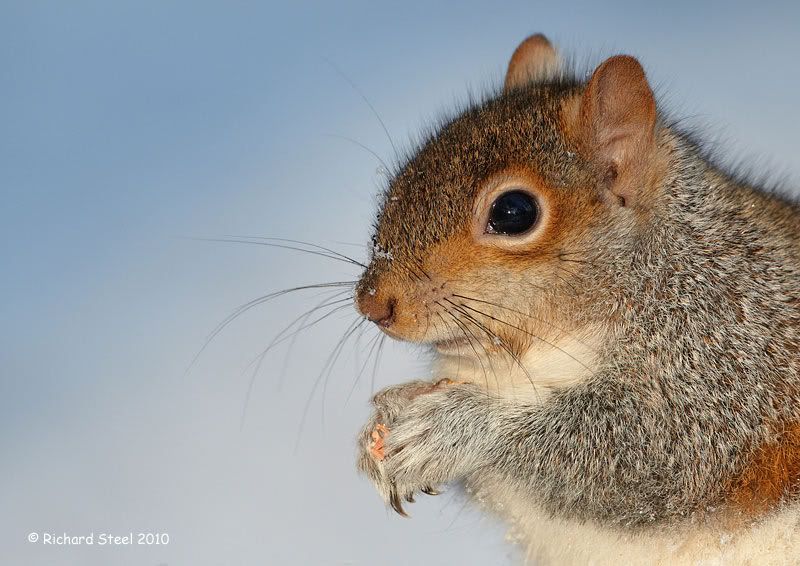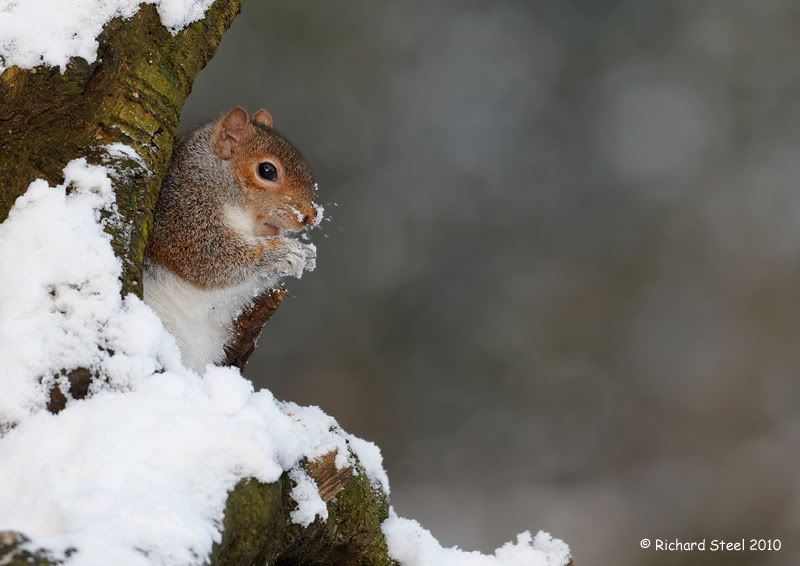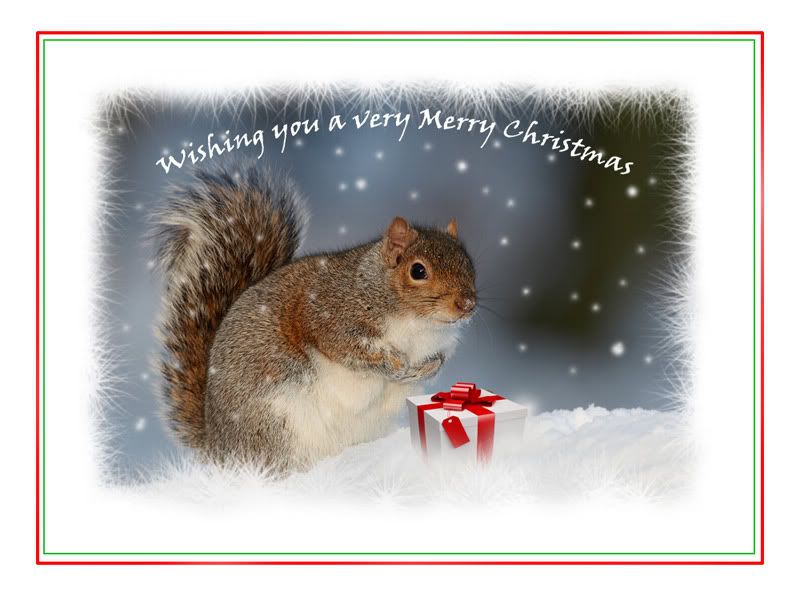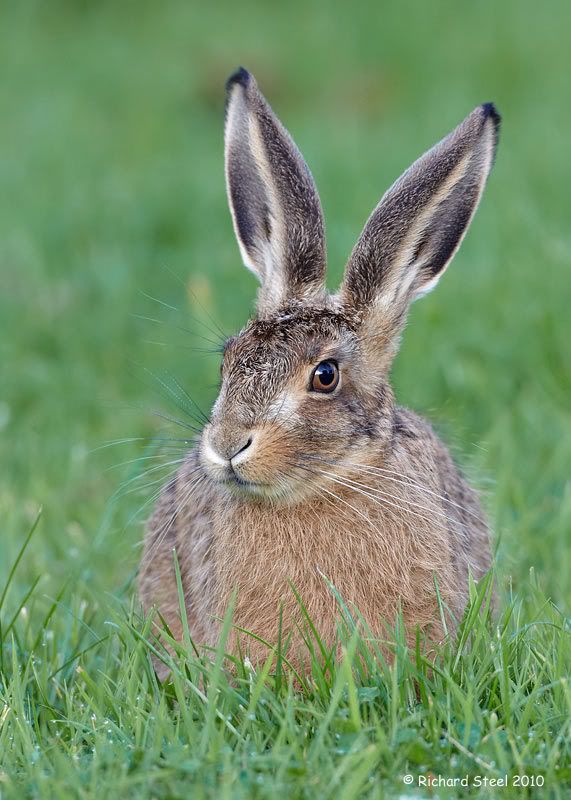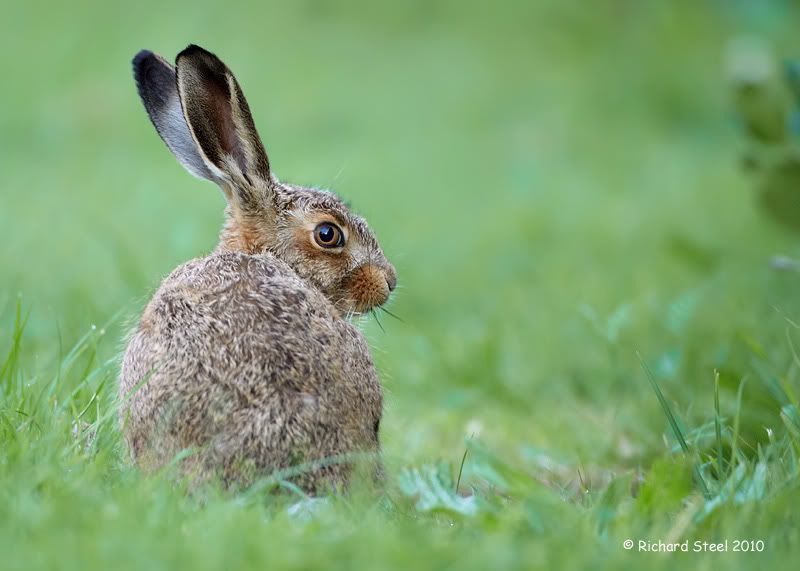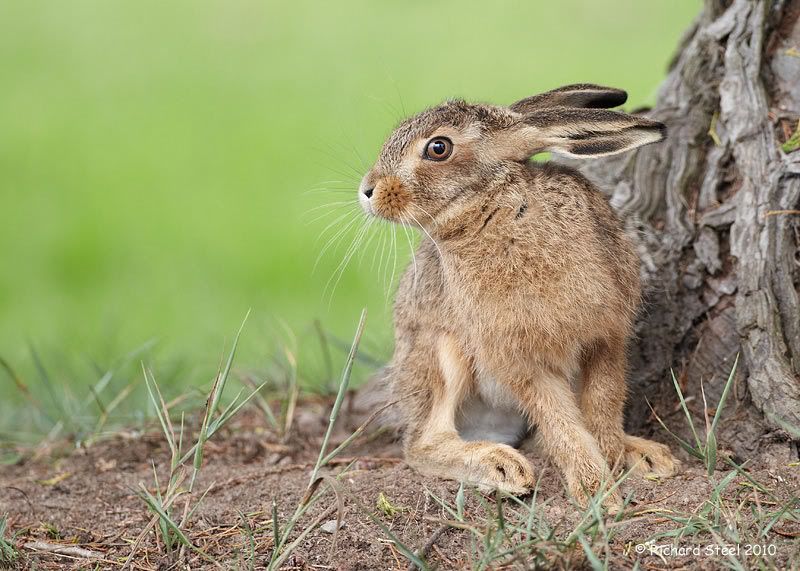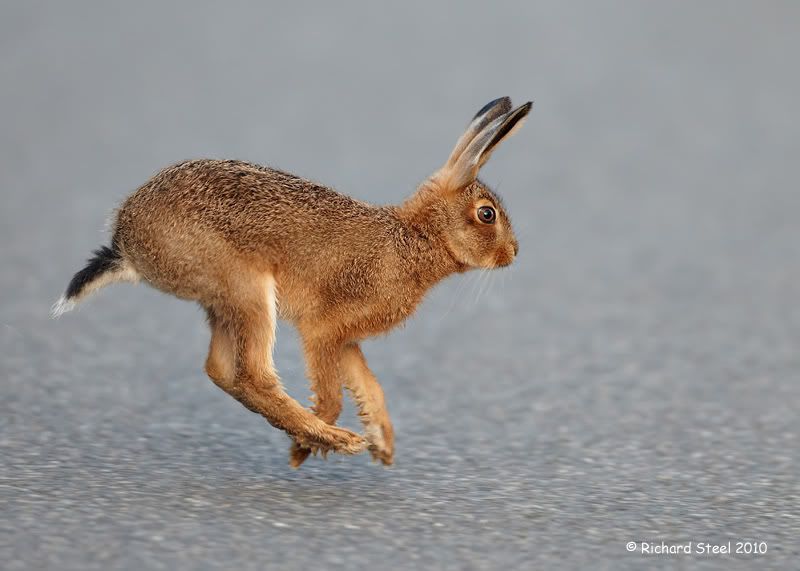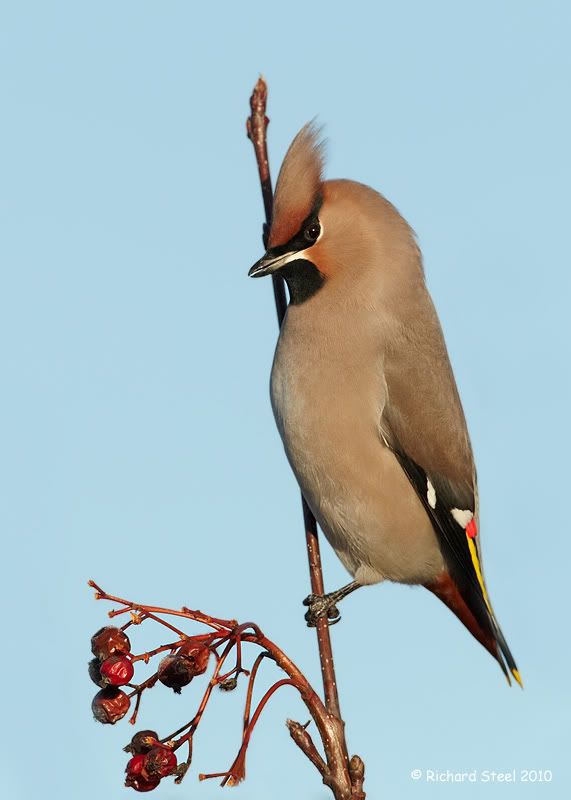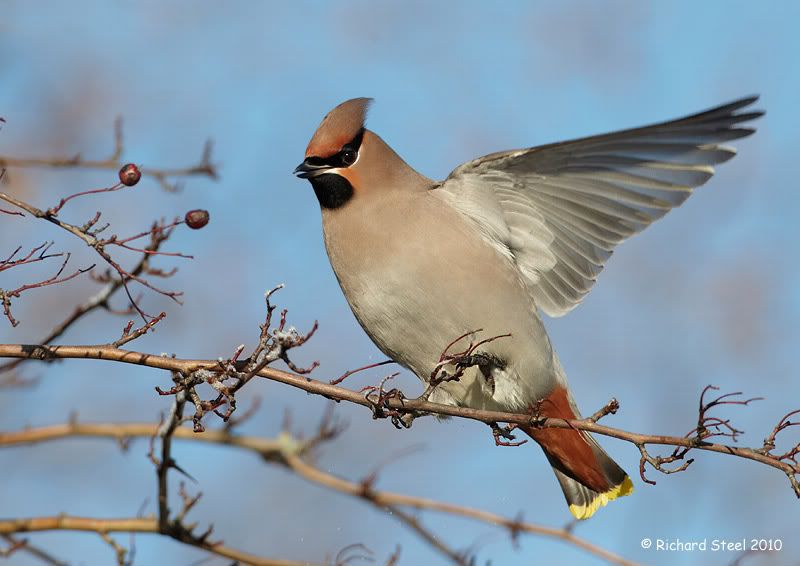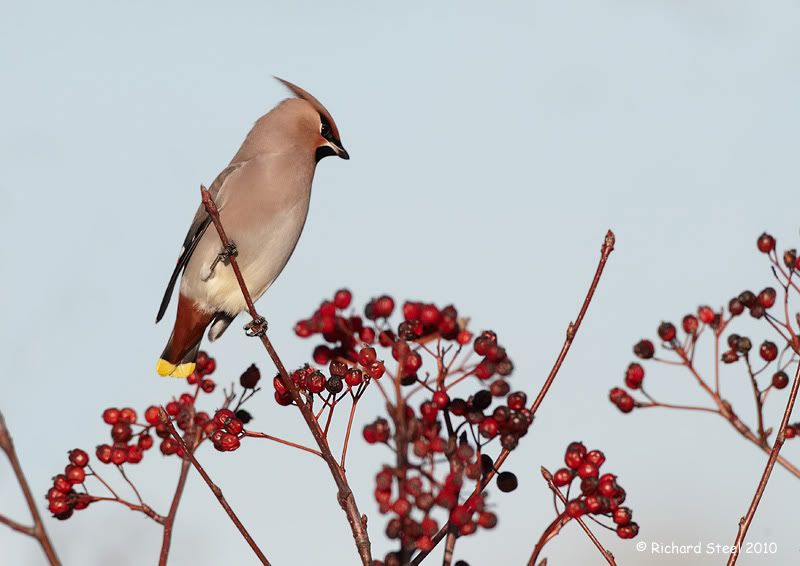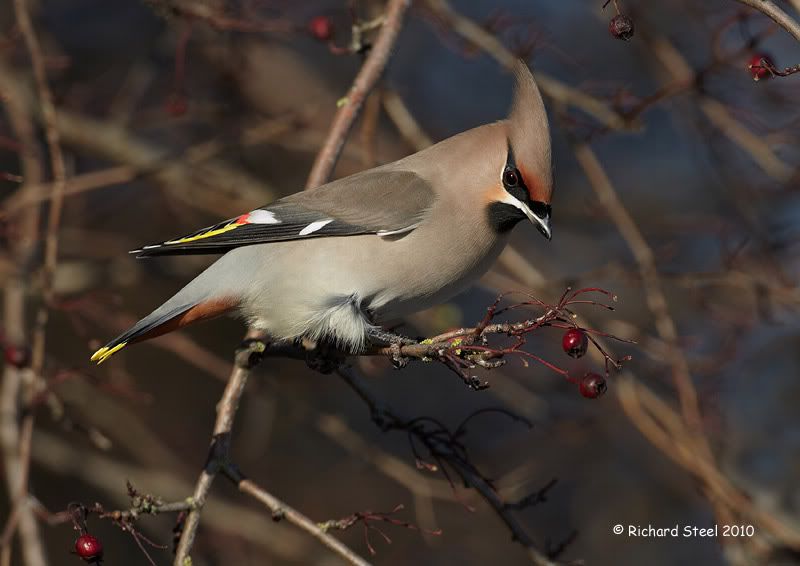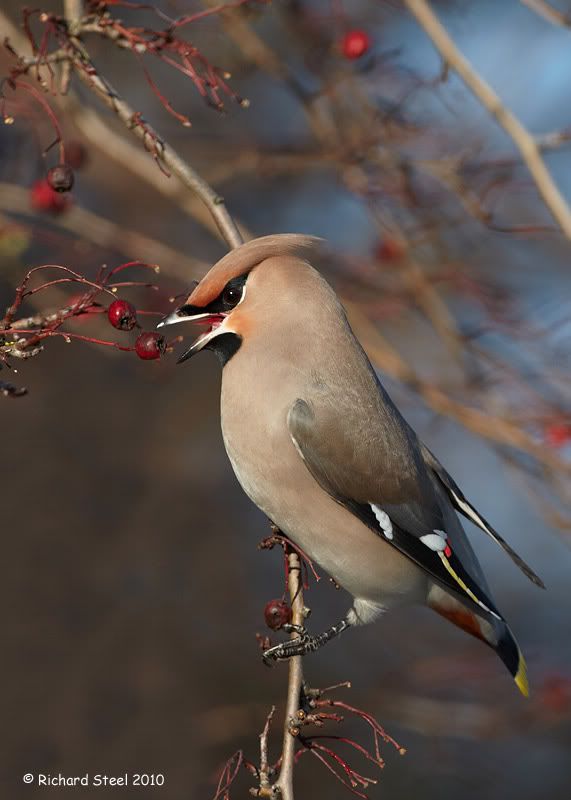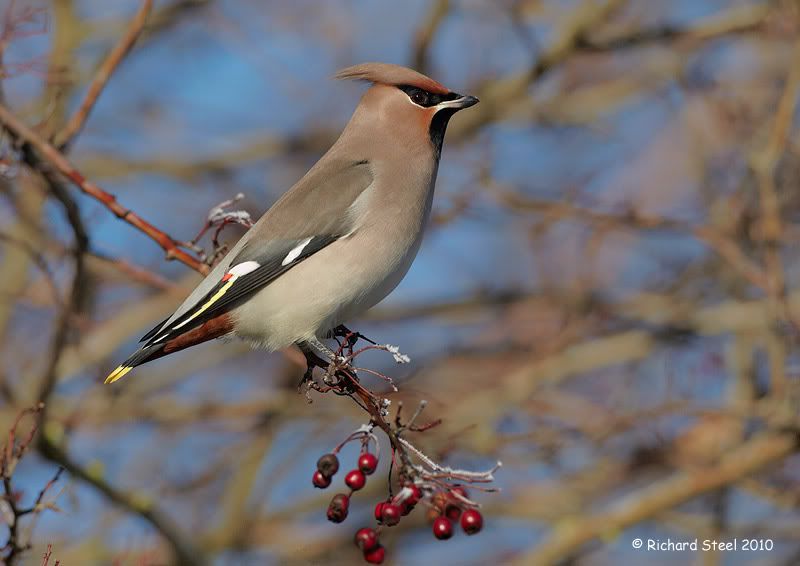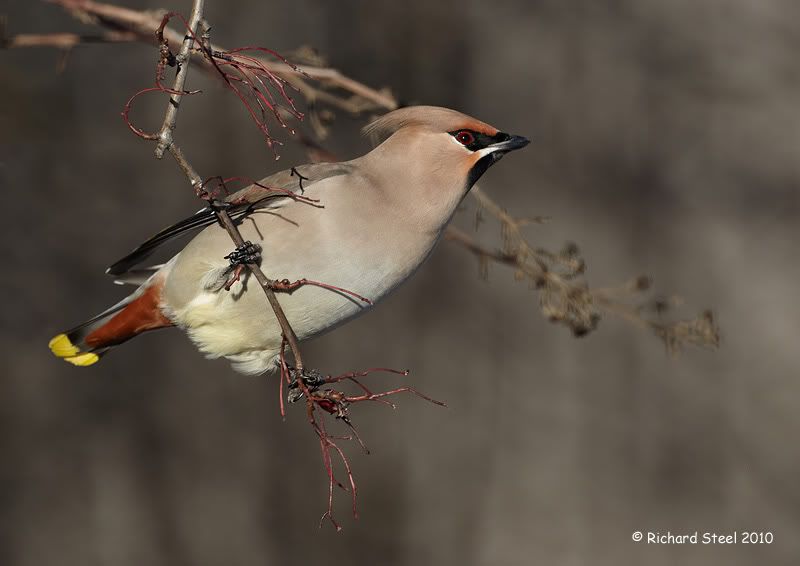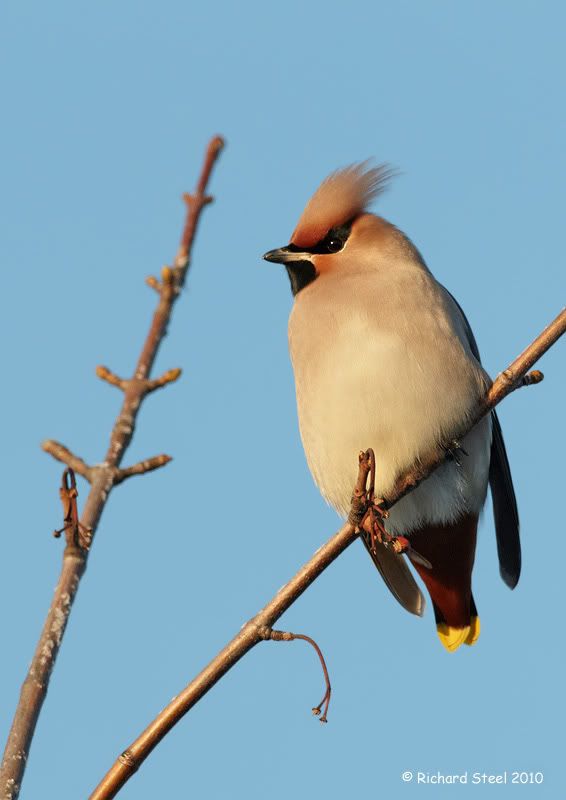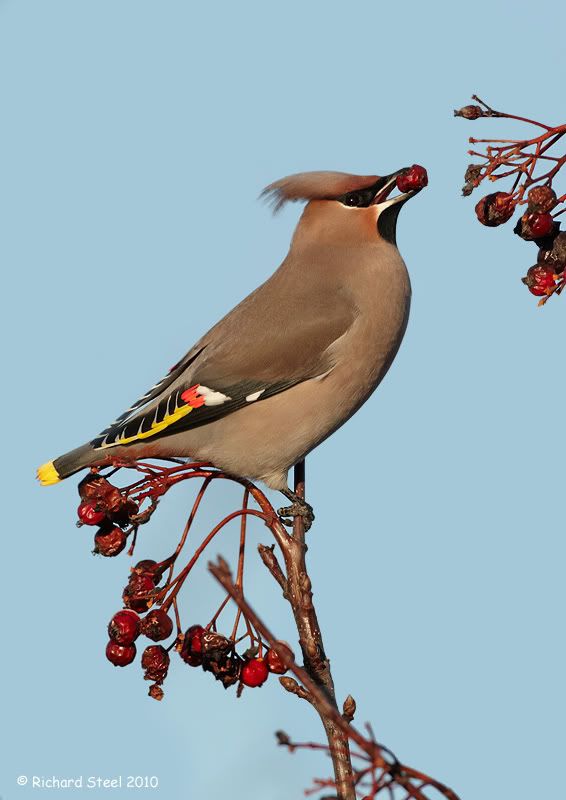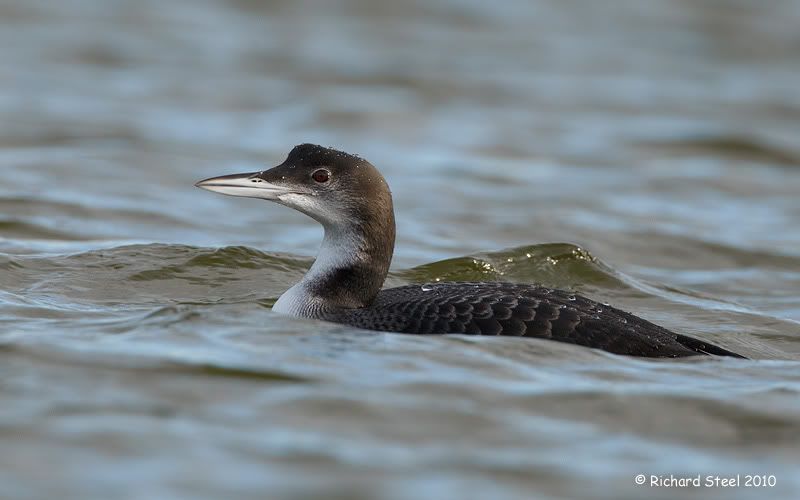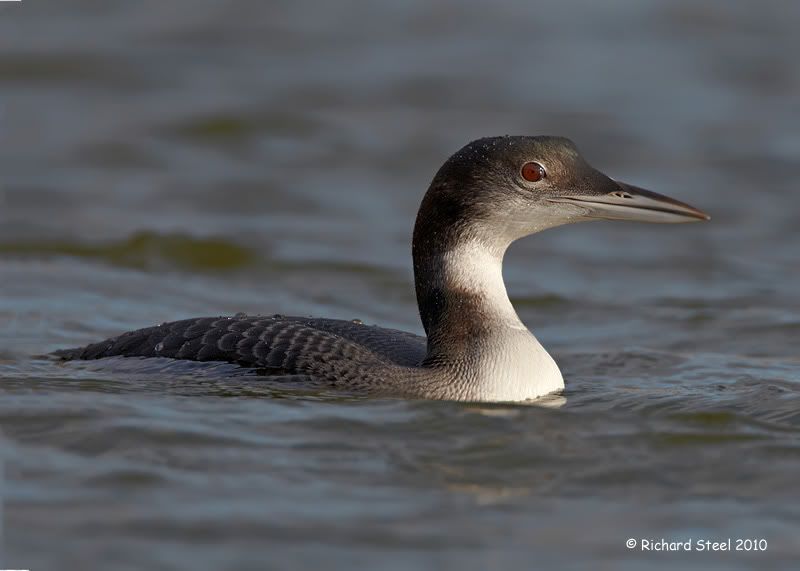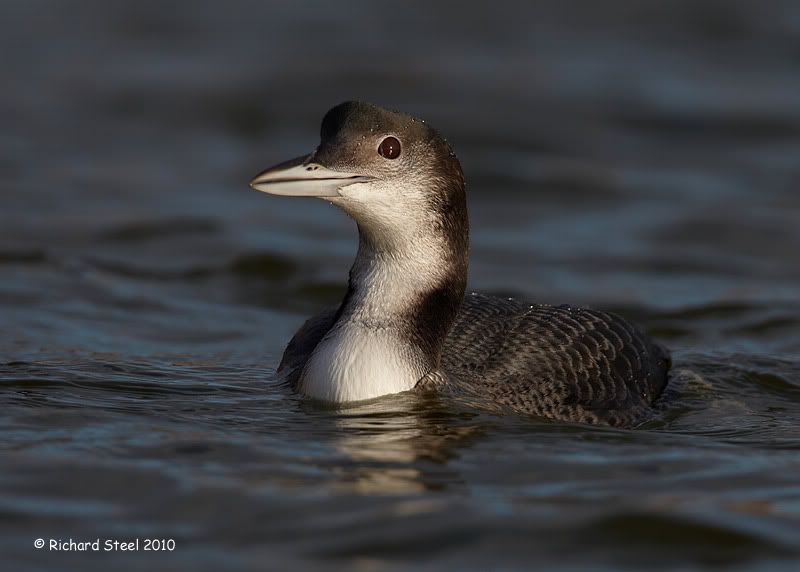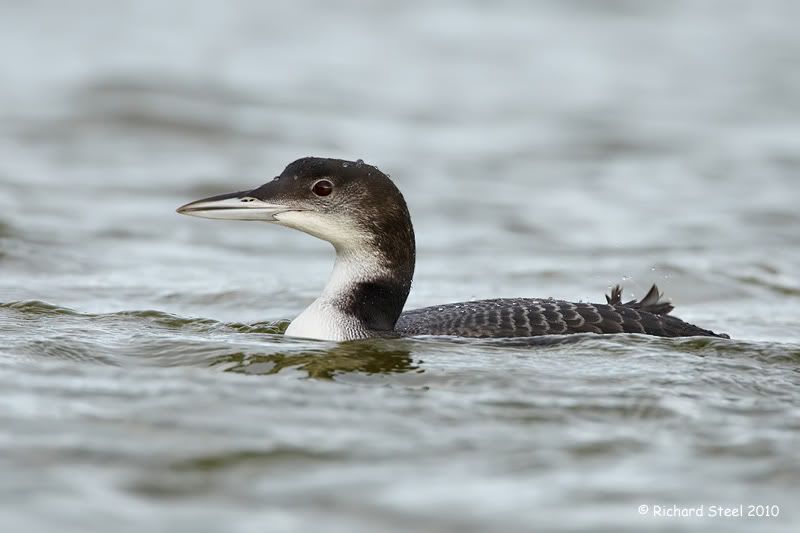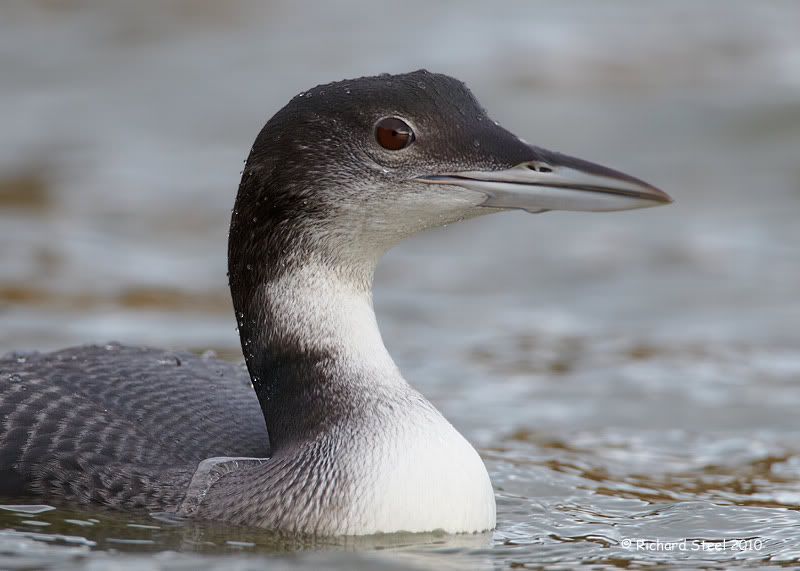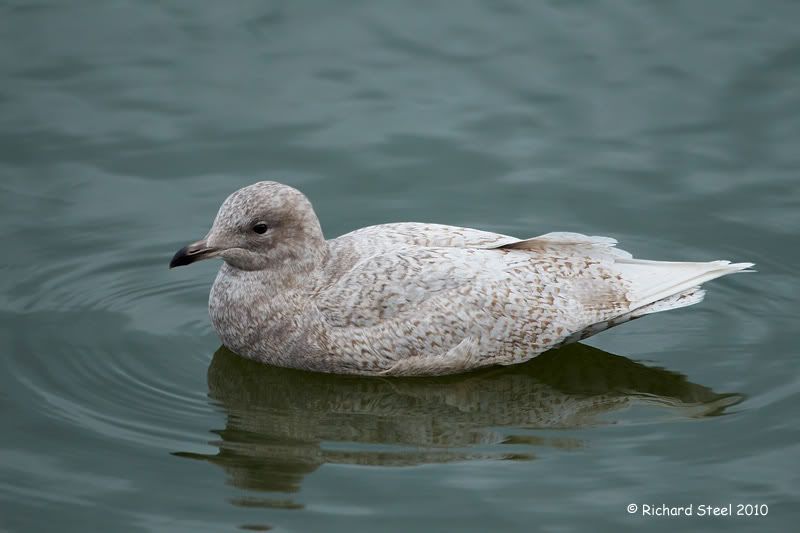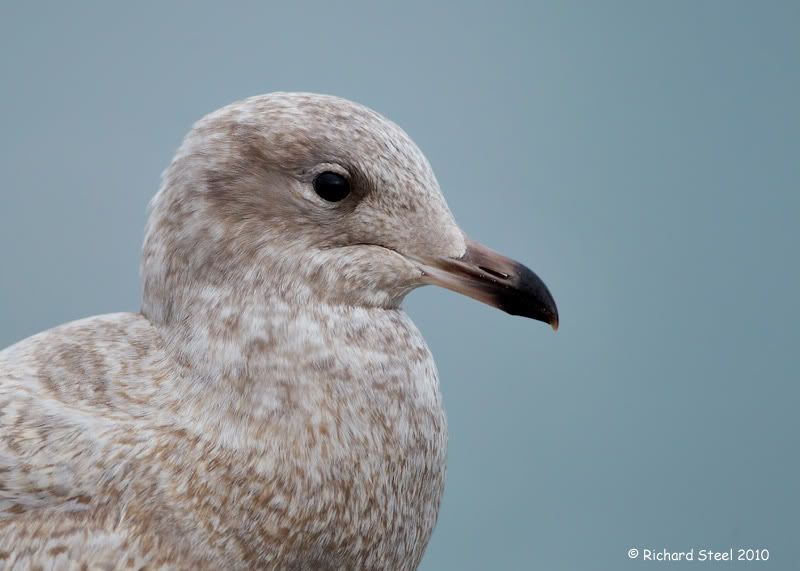As the weather, but more importantly the light, has been so grim over the last week I have been busy wading through my backlog of images. It is good to have got this finally finished before the end of the year and the double hard drive back-up is whirring away beside me as I type this.
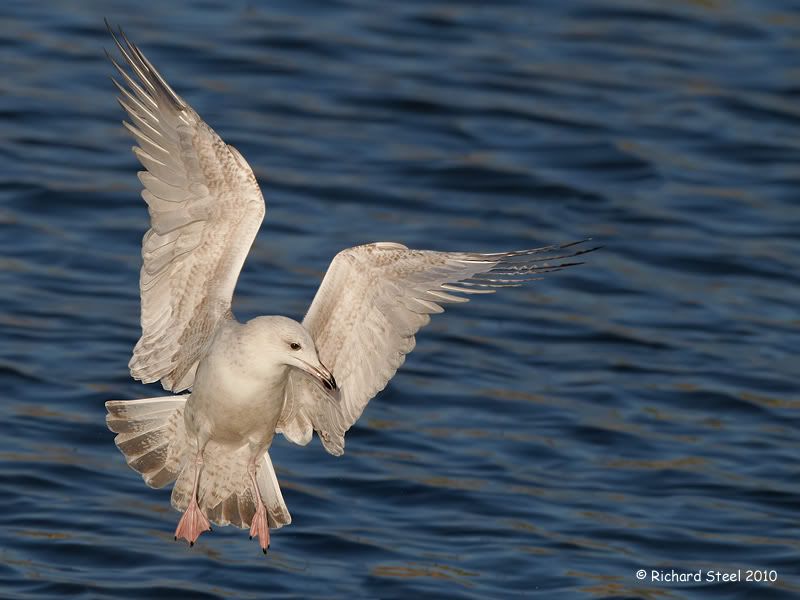
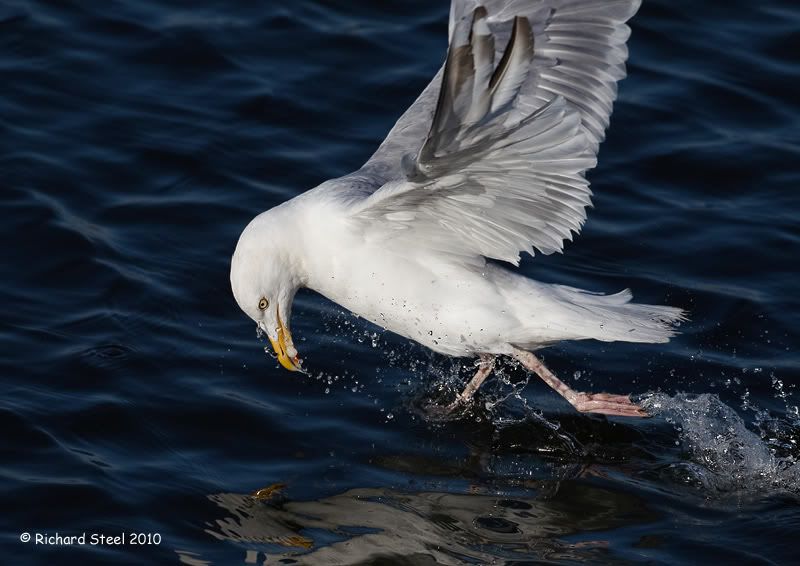
I thought I would use this post to give a quick overview of my year and post a selection of images processed from the backlog. For me it has been a productive photography year with 118 bird species and 5 mammal species photographed including 17 species that have not been in front of the lens previously.
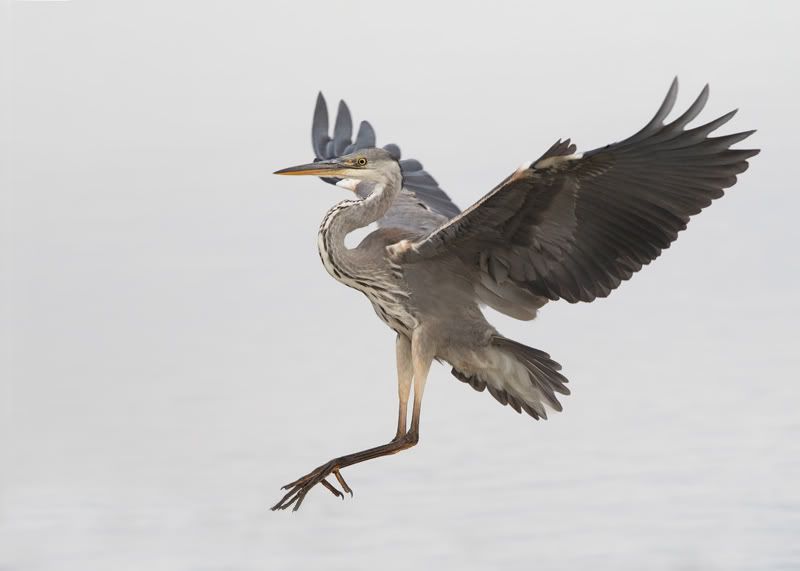
There have been so many wonderful moments shared with wildlife that its hard to pick out some highlights but the three that stand out are:
- The entire trip to Norway in the summer. Wonderful birds, landscapes and people;
- A very early morning in Spring, during a visit to Hampshire, which produced three new species in the space of a few hours including an unforgettable encounter with a Dartford Warbler;
- Photographing Leach's Petrels in severe onshore winds with my friend Steve. Such a privilege to see so many of this ocean wander at such close quarters.
Before posting the last images of 2010, I would like to send the warmest thanks to all those that have taken the time to read the blog and provide feedback. 2011? who knows what may appear in front of the camera but I am looking forward to it already :). So I will wish you all a Happy, Healthy and Successful New Year.
Fieldfare listening for worms below.
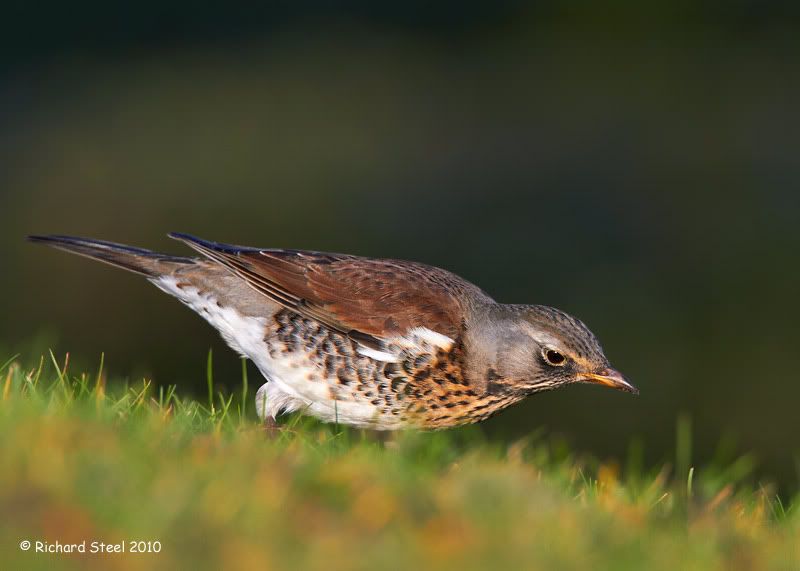
Mediterranean Gull in flight

Young Green Woodpecker on a gravestone. These are such a tricky species to photograph and hopefully I will do better with them in 2011.
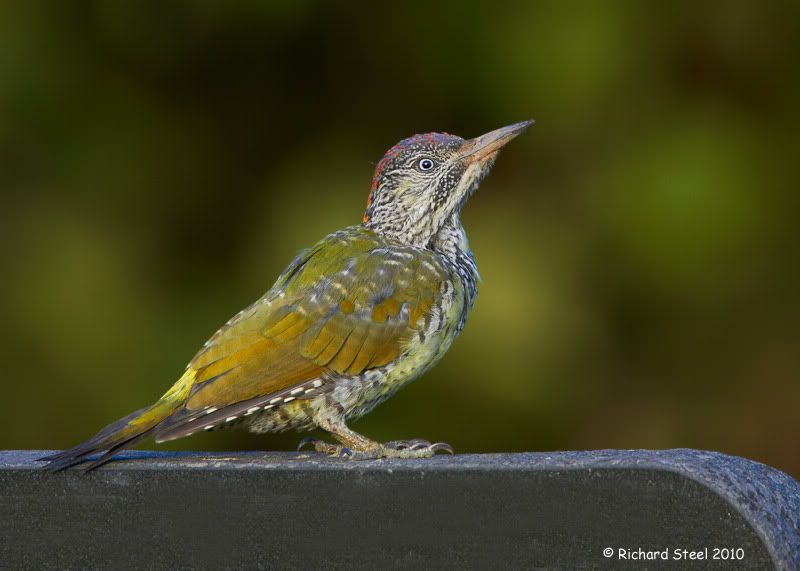
Common Buzzard photographed by my office during a lunch hour.
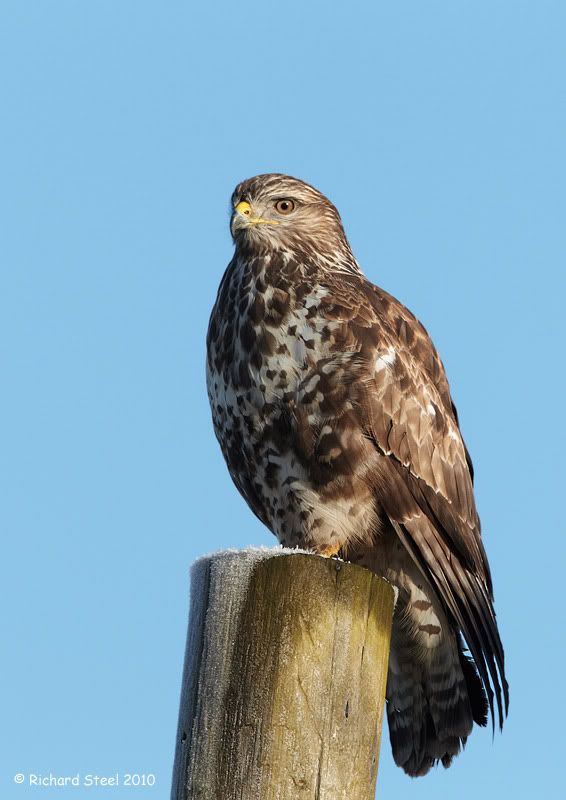
Female kestrel who is a regular visitor at one of my sites.
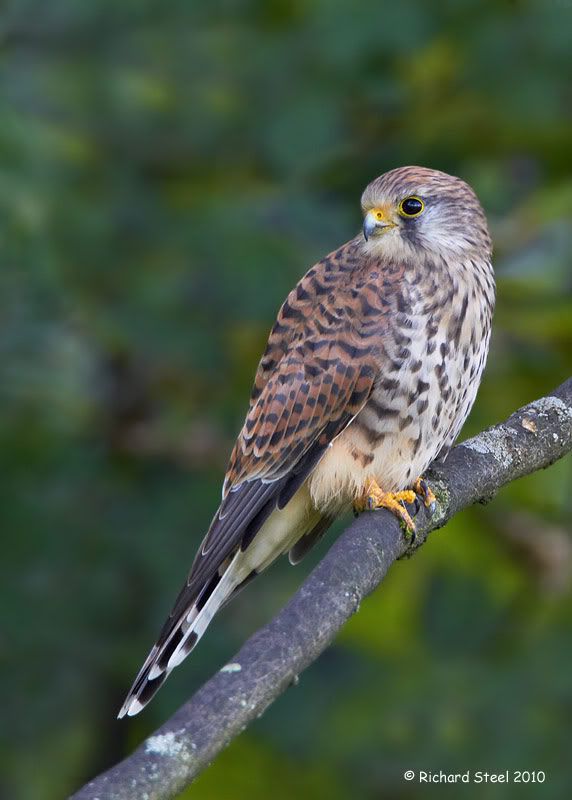
Mute swan
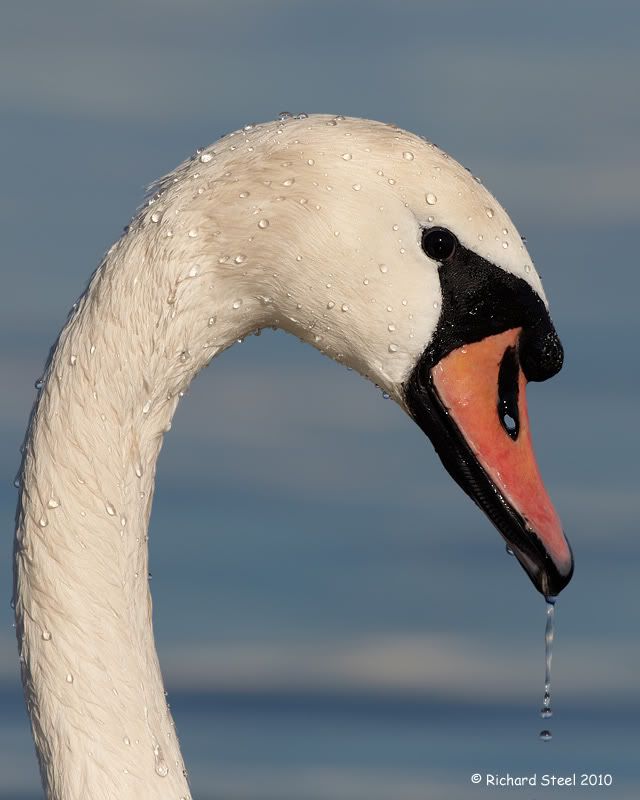
It is amazing how much fun you can have with a large puddle and a flock of starlings.
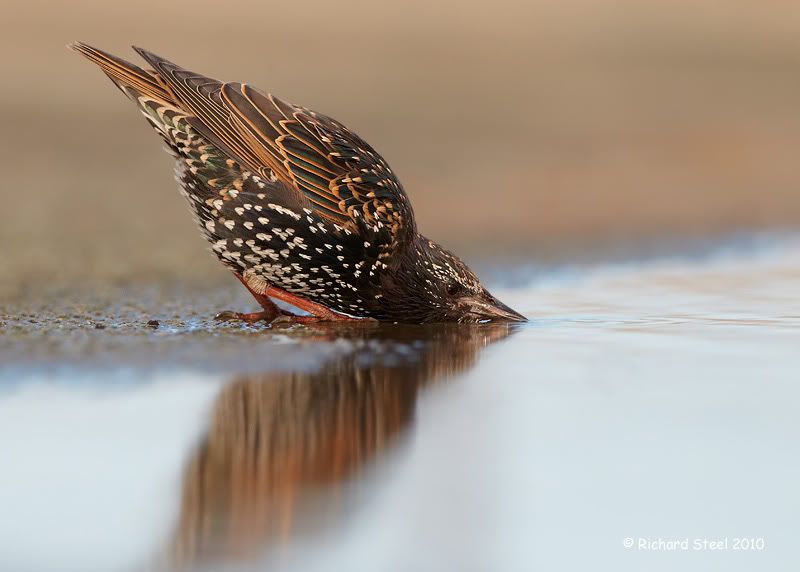
To finish of some rooks and jackdaw.
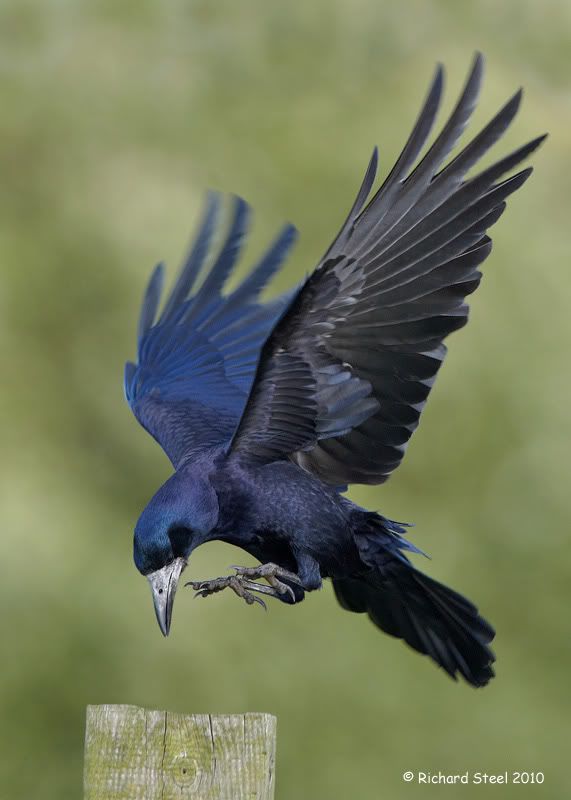
I have been putting nuts out for these birds to help through the recent cold weather. I think this photo shows how hungry the birds have become.
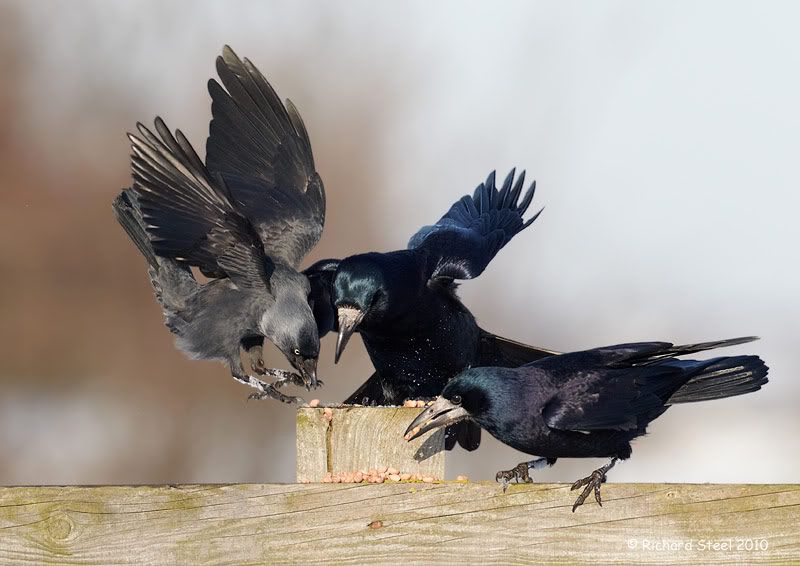
Please remember just because the snow may have gone, if you have been feeding the birds, then please continue as they need to rebuild up fat reserves and I am sure we have not seen the last of the cold weather this winter.

